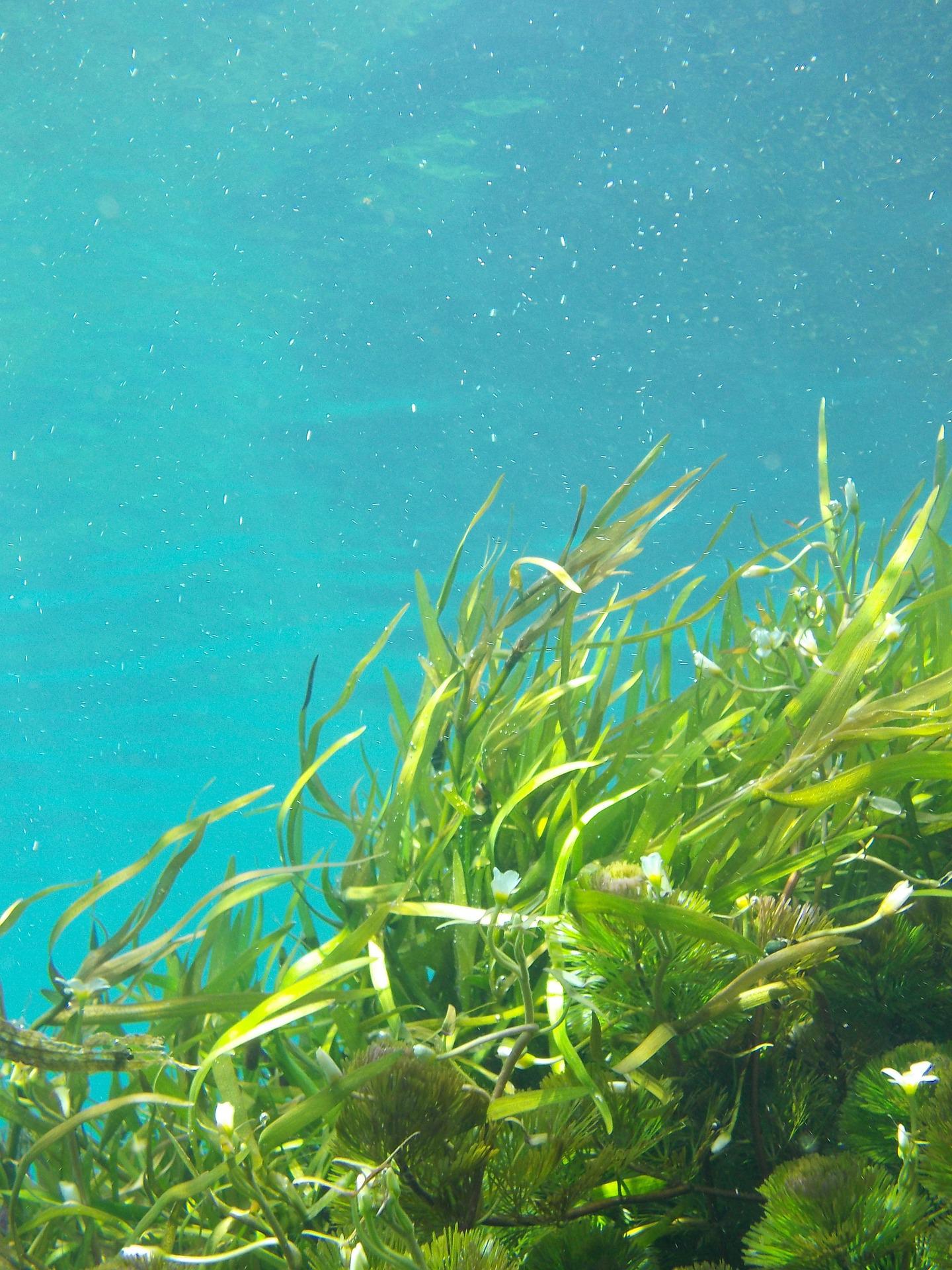Scaule Filaments (ska-OOL)
12 Melua 1227 Age of Water
Scaule filaments are fine strings of organic material harvested from Estanga Grass in the Escaria Sea. These strings are typically woven into cloth or plied into thread and yarn. Scaule filaments are the higher-quality versions of Estanga Filaments. The filaments are mostly solid, but have a thin coating of gel on the outside, which is removed before weaving. Although these filaments and the gel on them are edible, both have an unpleasant taste, and the filaments have a stringy texture.
Properties
Material Characteristics
Scaule filaments are distinguished from their estanga filament counterparts by their smooth, nodule-free surfaces and their bright, yellow-tinged green coloration. Scaule filaments vary in length and diameter, but are consistently finer than estanga filaments. While the gel is still on the filament, they feel slightly sticky to the touch, and do not slide on the fingers like the stripped filament.
Origin & Source
Scaule filaments are harvested from estanga grass blades. To separate the filaments, they are cut vertically and pounded with a smooth rock until separated. The gel from scaule filaments is usually flattened by the pounding, but is not damaged in any significant way. The gel is stripped from the filament by running it through a press.
Life & Expiration
Scaule filaments, being organic, do rot and typically rot faster if the gel is left on the filament. A frequently used piece of scaule fabric can be expected to need replacement in a matter of years. If the gel is left on the filament, the raw filament will only store for three months.
History & Usage
Everyday use
Scaule filaments' most common use is for weaving cloth. They can also be used for plying into ropes, yarns, or threads. The cloth woven from Scaule is of high quality and is usually used for clothing and bedsheets while the rougher cloth woven from estanga filaments is more for general purposes.
Scaule gel, on the other hand, is typically scraped from the filament and used as a binding agent. The gel only becomes sticky after being mixed with calcium carbonate, which is made by powdering seashells. Scaule gel is a weaker binding agent than estanga gel, but that can be desired in some instances.
Type
Biomaterial
Value
1 Awsar per filament
95 Awsar per bale
95 Awsar per bale
Rarity
Uncommon
Taste
Bitter, stringy
Color
Bright, yellow-tinged green
Common State
Solid
Gel
Gel
Related Locations
Related Species




Comments